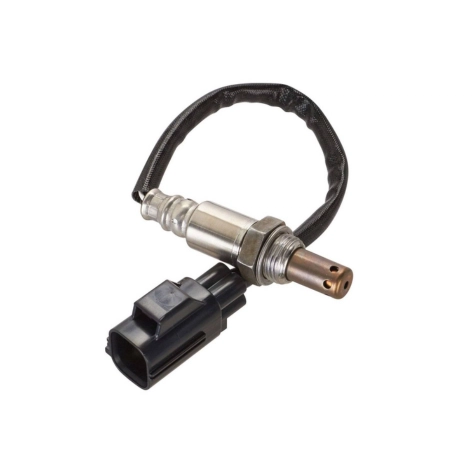Is your check engine light on, paired with a P0155 check engine light code? Let’s decode what this means for your vehicle! The P0155 code indicates an issue with the heater circuit of the oxygen (O2) sensor located in Bank 2, Sensor 1.
The O2 sensor plays a critical role in monitoring the oxygen levels in your vehicle’s exhaust gases, helping to optimize the air-fuel mixture for efficient combustion. The heater circuit within the O2 sensor ensures that the sensor reaches its optimal operating temperature quickly, allowing it to provide accurate readings soon after the engine starts.
When the P0155 code is triggered, it means that there is a malfunction in this heater circuit in the bank 2 sensor 1 O2 sensor. This issue can lead to inaccurate sensor readings, affecting fuel economy, emissions, and engine performance.
Understanding the function of the oxygen sensor heater circuit and recognizing the symptoms and causes of the P0155 code can help you address the problem promptly and keep your vehicle running smoothly. In this guide, we’ll explore the function of the heater circuit, common issues that cause this code, symptoms to watch for, and effective repair solutions.
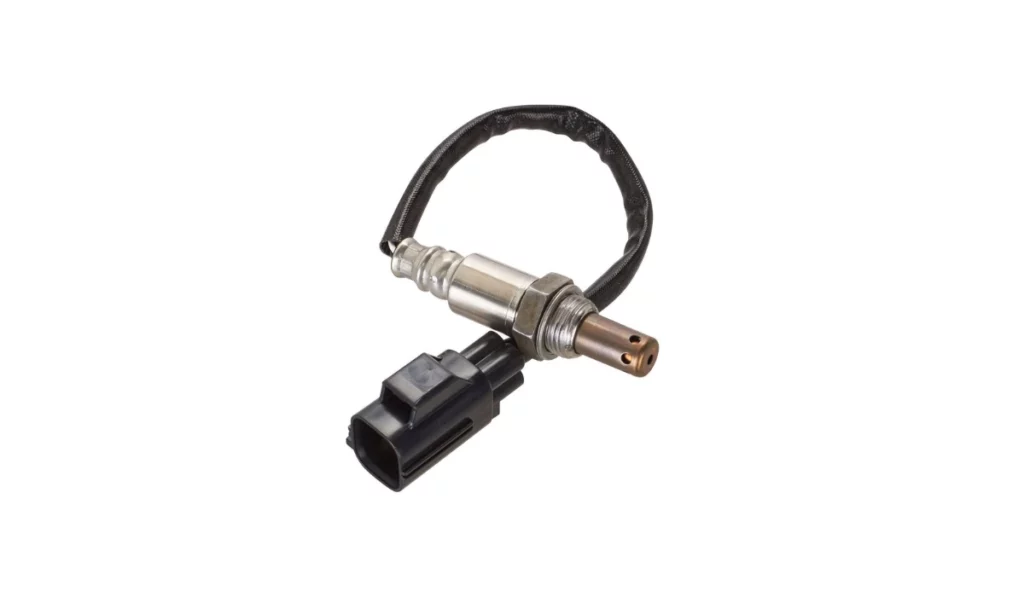
Heater Circuit on the Oxygen Sensor — Explained
Understanding the heater circuit in your vehicle’s oxygen sensor is crucial for diagnosing and fixing issues related to the P0155 code. This section will explain the heater circuit’s purpose, operation, and importance in the O2 sensor.
What is a Heater Circuit on the Oxygen Sensor?
The O2 sensor in your vehicle has a heater circuit to ensure it reaches its optimal operating temperature quickly. Oxygen sensors must be at a specific temperature to provide accurate readings of the oxygen levels in the exhaust gases. Without the heater circuit, the sensor would take longer to heat up, especially in cold conditions, delaying the Engine Control Unit’s (ECU) ability to adjust the air-fuel mixture for efficient combustion.
How Does the O2 Sensor Heater Circuit Work?
The heater circuit uses an electrical heating element inside the O2 sensor. When you start your engine, the ECU activates this heater to quickly bring the sensor to its operating temperature, usually around 600°F (315°C).
This rapid heating allows the sensor to provide accurate data almost immediately, even in cold weather. The heater circuit operates until the sensor’s operating temperature is met, ensuring proper air-fuel mixture until the engine is warm enough.
Why Is It Important
A functioning heater circuit is crucial for engine performance and emission control. Accurate and timely readings from the O2 sensor help the ECU adjust the air-fuel mixture for optimal combustion, which improves fuel efficiency and reduces harmful emissions.
A malfunctioning heater circuit can lead to poor sensor performance, causing issues such as increased emissions, reduced fuel economy, and potential damage to the catalytic converter due to improper air-fuel mixture adjustments.
What does code P0155 mean?
The P0155 Diagnostics Trouble Code (DTC) indicates a malfunction in the heater circuit of the oxygen sensor located in Bank 2, Sensor 1. This code is triggered when the ECU detects that the heater circuit is not functioning correctly, preventing the O2 sensor from reaching its operating temperature quickly.
This can result in delayed sensor response, inaccurate readings, and improper air-fuel mixture adjustments. Addressing this issue is essential to maintain your vehicle’s performance and emission standards.
By understanding the function and importance of the O2 sensor heater circuit, you can better diagnose and fix issues related to the P0155 code, ensuring your vehicle runs smoothly and efficiently.
Common Issues with the Heater Circuit
Issues with the heater circuit in your O2 sensor can lead to the P0155 code, which can affect your vehicle’s performance and emissions. This section will explore the common problems that can cause heater circuit malfunctions.
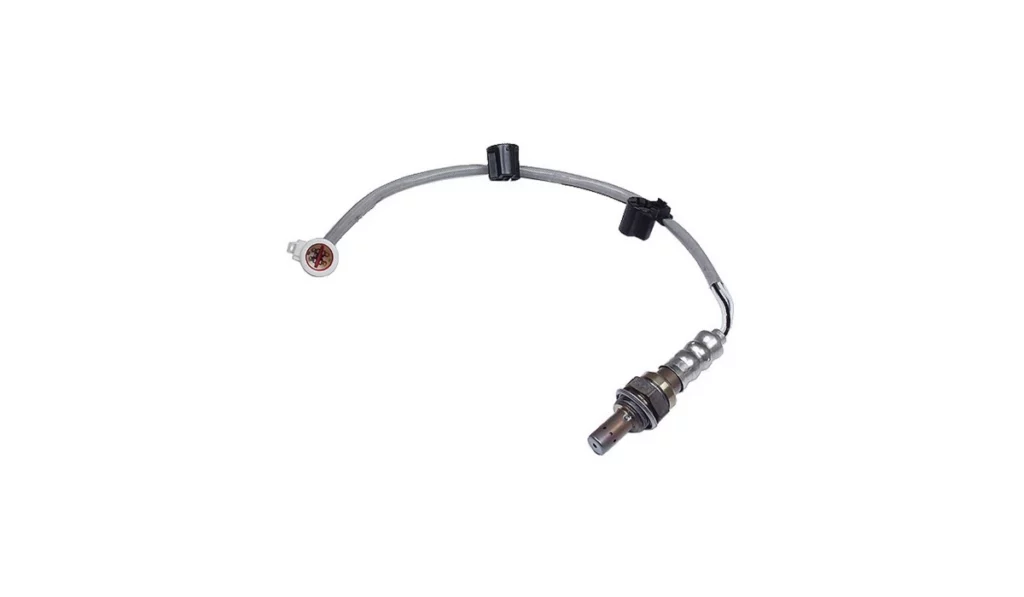
Faulty O2 Sensor
A malfunctioning O2 sensor can lead to heater circuit issues. The Oxygen sensor’s heating element can wear out due to repeated heating cycles, causing it to lose efficiency over time. This wear and tear and potential contamination can affect the sensor’s ability to heat up properly. As a result, the sensor may not reach its optimal operating temperature, causing the ECU to detect a fault in the heater circuit and trigger the P0155 code.
Blown Fuses
A blown fuse can disable the heater circuit, activating the P0155 code. The heater circuit relies on electrical power to function, and if a fuse blows, it can cut off the power supply. This prevents the O2 sensor from heating up, causing the ECU to register a malfunction. Checking and replacing blown fuses is a simple first step in diagnosing this issue.
Wiring Problems
Damaged or corroded wiring can also affect the heater circuit. Over time, the wires that supply power to the O2 sensor heater circuit can become frayed, broken, or corroded. This can lead to poor electrical connections or complete disconnection, preventing the heater from working properly.
Engine Control Unit (ECU) Issues
In rare cases, the ECU itself may have issues affecting the heater circuit’s operation. The ECU controls the heater circuit by sending electrical power to the O2 sensor. If there are software or hardware faults within the ECU, it may not correctly manage the heater circuit, leading to the activation of the P0155 code.
Can you drive with a P0155 code?
Yes, you can drive with a P0155 code, but it is not recommended. Driving with a malfunctioning O2 sensor heater circuit can lead to increased fuel consumption, higher emissions, and potential damage to the catalytic converter.
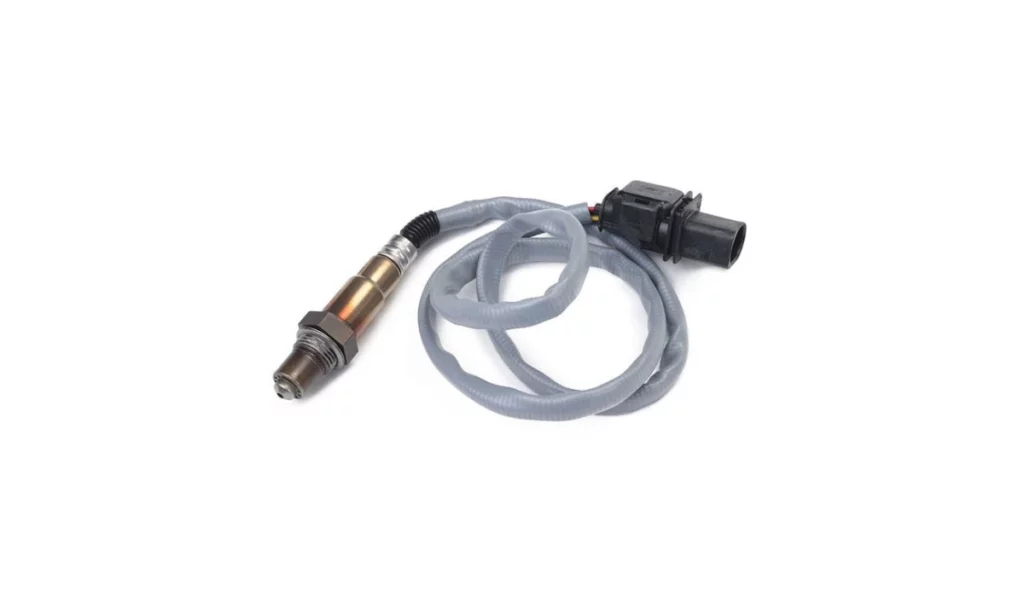
The O2 sensor may not reach its optimal operating temperature as soon as possible, resulting in inaccurate readings and improper air-fuel mixture adjustments by the ECU. Addressing the issue as quickly as possible is best to maintain your vehicle’s performance and emission standards.
By understanding these common issues, you can take the necessary steps to diagnose and repair the heater circuit problems associated with the P0155 code, ensuring your vehicle remains in optimal condition.
Exclusive Offers on Genuine European Car Parts
Discover an extensive selection of genuine European auto parts and OEM parts at eEuroparts.com, all at fantastic prices! We’re dedicated to helping European car owners maintain their vehicles with genuine parts at lower costs.
Our range covers everything your ride needs, adhering to OEM quality standards. From essential brake components to maintenance items, we ensure your vehicle operates smoothly. Choosing eEuroparts.com means you’ll enjoy excellent savings without compromising on quality, ideal for European car DIY enthusiasts who value both affordability and excellence.
With our vast inventory, easy-to-navigate website, and committed customer service, you’ll find what you need. Trust eEuroparts.com for all maintenance and upgrade needs.
Symptoms of a P0155 Code
Recognizing the symptoms of a P0155 code can help you diagnose and fix the issue before it leads to more significant problems. Generally, aside from the check engine light appearing on a cold start, there could be no immediate engine performance issues. However, several symptoms can indicate that your vehicle’s O2 sensor heater circuit may be malfunctioning.
Check Engine Light
The most obvious symptom of a P0155 code is the illumination of the check engine light during engine start-up. When the ECU detects a problem with the O2 sensor heater circuit, it triggers the check engine light to alert you. If that is the case, this warning will be accompanied by a stored P0155 code, which can be read using an OBD-II scanner.
Poor Fuel Economy
A malfunctioning heater circuit can lead to decreased fuel efficiency. When the O2 sensor heater circuit is not working correctly, the sensor may not reach its optimal operating temperature quickly. This can result in inaccurate readings of the exhaust gases, causing the ECU to make incorrect air-fuel mixture adjustments. Consequently, the engine may run richer or leaner than necessary, leading to increased fuel consumption and reduced fuel economy.
Rough Idling
Another symptom of a P0155 code is rough idling or hesitation. When the O2 sensor heater circuit is faulty, the sensor may not provide accurate data to the ECU, especially during cold starts. This can cause the engine to experience rough idling, hesitation, or even stalling, particularly when the engine is warming up. These issues can be more pronounced when the sensor takes longer to reach its operating temperature in colder weather.
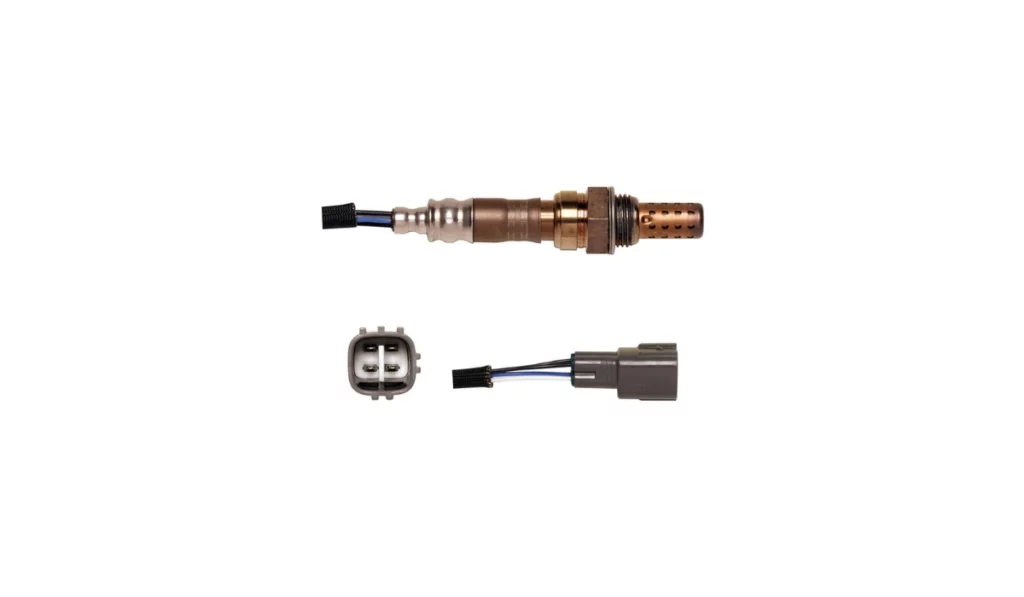
Increased Emissions
Improper sensor function due to a faulty heater circuit can lead to higher emissions. The O2 sensor is crucial in maintaining the right air-fuel mixture for efficient combustion. When the heater circuit is not working, the sensor’s delayed response can cause the engine to run inefficiently, increasing the production of harmful emissions. This can result in failing emissions tests and contributing to environmental pollution.
By understanding these symptoms, you can proactively diagnose and address the P0155 code, ensuring your vehicle remains efficient and environmentally friendly. Regular maintenance and prompt repairs can help maintain optimal performance and reduce the risk of long-term damage.
Diagnosing the P0155 Code
Accurately diagnosing the P0155 code is crucial to address the issue and maintaining your vehicle’s performance. This section will guide you through using an OBD-II scanner, performing a visual inspection, and measuring the resistance of the heater circuit using a multimeter.
OBD-II Scanner
Using an OBD-II scanner is the first step in diagnosing the P0155 code. Here’s how to use it:
Connect the Scanner — Plug the OBD-II scanner into the vehicle’s diagnostic port under the dashboard.
Read the Codes — Turn on the ignition (without starting the engine) and follow the scanner’s instructions to retrieve the diagnostic trouble codes. If the P0155 code appears, it confirms an issue with the heater circuit in Bank 2, Sensor 1.
Clear the Codes — After recording the codes, clear them from the ECU and start the engine to see if they return. If the P0155 code reappears, it indicates a persistent issue that needs further investigation.
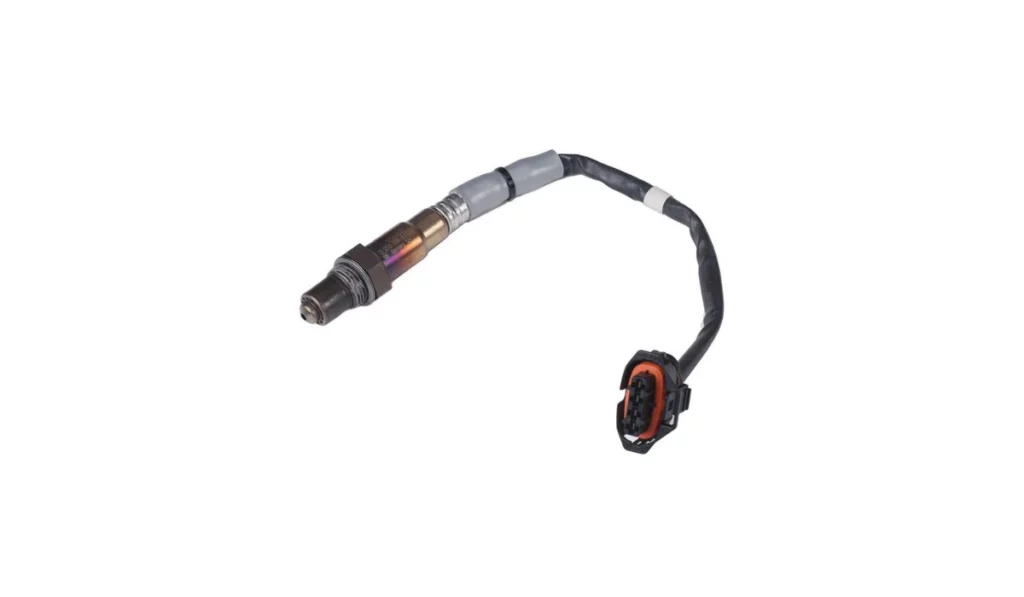
Visual Inspection
A visual inspection can help identify obvious issues with the O2 sensor and its wiring. Follow these steps:
Locate the Sensor — Refer to your vehicle’s repair manual to find the exact location of the Bank 2, Sensor 1 oxygen sensor.
Inspect the Wiring — Check the wiring connected to the sensor for any signs of damage, such as frayed wires, loose connections, or corrosion. Damaged wiring can cause the heater circuit to malfunction.
Examine the Sensor — Look for physical damage to the sensor itself. Ensure it is securely mounted and free of contaminants.
Resistance Measurement
Using a multimeter to test the heater circuit’s resistance can provide detailed insights into its functionality. Here’s a brief overview:
Prepare the Multimeter — Set the multimeter to the ohms (Ω) setting to measure resistance.
Disconnect the Sensor — Unplug the electrical connector from the O2 sensor to isolate the heater circuit.
Measure the Resistance — Connect the multimeter probes to the sensor’s heater circuit terminals. For the correct resistance specifications, refer to your vehicle’s repair manual.
Analyze the Readings — Compare the measured resistance with the manufacturer’s specifications. A significant deviation indicates a faulty heater circuit.
By following these diagnostic steps, you can accurately identify the cause of the P0155 code and take the necessary actions to resolve the issue, ensuring your vehicle’s engine runs efficiently and reliably.
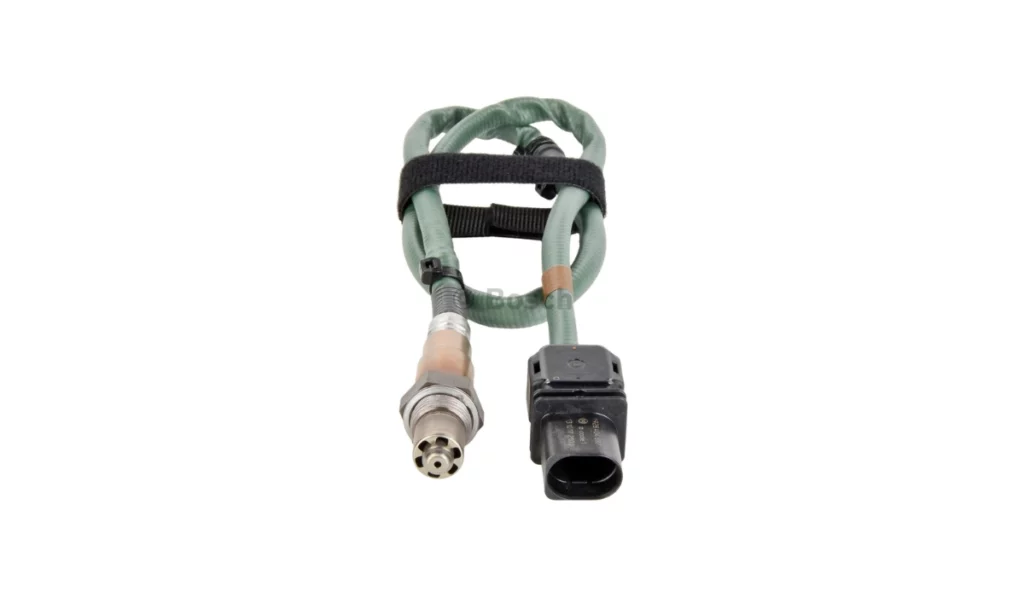
Repair Solutions for the P0155 Code
Fixing the P0155 code is crucial to maintaining your vehicle’s performance and emissions standards. This section provides detailed repair solutions, including replacing the O2 sensor, repairing wiring, checking and replacing fuses, and addressing ECU issues. But before all of that exciting stuff, here’s a comprehensive guide on the necessary tools and safety measures to follow:
Tools You’ll Need
- Gloves
- Safety goggles
- Ratchet and socket set
- Spanner set
- Screwdriver set
- Pliers set
- O2 sensor socket or wrench
- Torque wrench
- OBD-II scanner
- Multimeter
- Electrical tape or heat shrink tubing
- Soldering iron and solder
- Anti-seize compound
Safety Tips
Disconnect the Battery — Always disconnect the negative battery terminal before beginning repair work to prevent electrical shocks and accidental short circuits.
Work in a Well-Ventilated Area — Ensure your workspace is well-ventilated to avoid inhaling harmful fumes, especially if you’re working in an enclosed garage.
Use Proper Lighting — Adequate lighting is essential for spotting issues and performing repairs correctly. Illuminate your workspace with a good-quality work light.
Wear Protective Gear — Always wear protective gloves and safety goggles to protect your hands and eyes from hot components, debris, electrical sparks, and chemicals.
Follow Manufacturer’s Instructions — Refer to your vehicle’s repair manual for specific instructions and torque specifications. This ensures you don’t over/under-tighten the bolts and nuts.
Handle Electrical Components with Care — Be cautious when working with wiring and electrical components. Ensure connections are secure and avoid creating short circuits.
Check for Secure Mounting — Ensure all components are securely mounted before finishing your repair. Loose components can cause additional problems and safety hazards.
Test After Repairs — After completing the repair, test the vehicle to ensure the issue is resolved. Check for any new warning lights and ensure all systems are functioning correctly.
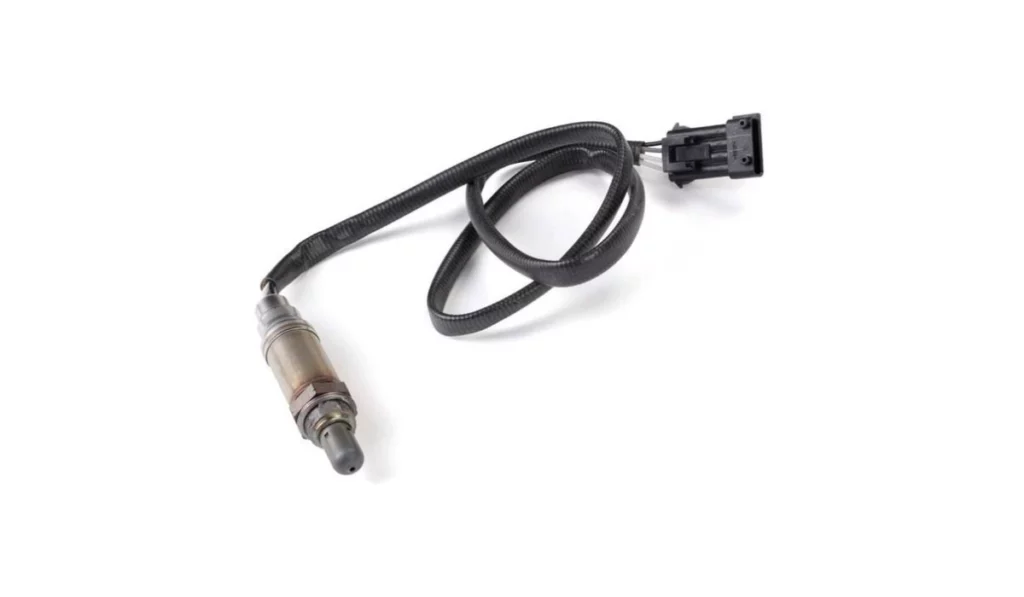
Replacing the O2 Sensor
Here’s a step-by-step guide to replacing a faulty O2 sensor:
Locate the Sensor — Refer to your vehicle’s repair manual to find the exact location of the Bank 2, Sensor 1 oxygen sensor. You might need to remove some covers or other components to gain access to the O2 sensor that needs to be replaced.
Disconnect the Battery — To prevent electrical shocks, disconnect the negative battery terminal.
Remove the Sensor — Use an O2 sensor socket or wrench to remove the old sensor carefully.
Install the New Sensor — Apply anti-seize compound to the threads of the new sensor, then screw it into place and tighten it to the manufacturer’s specifications.
Reconnect the Wiring — Attach the sensor’s electrical connector.
Reconnect the Battery — Reconnect the negative battery terminal and start the engine to ensure the sensor works properly.
Repairing Wiring
Damaged wiring can cause the P0155 code. Here are tips for repairing or replacing it:
Inspect the Wiring — Check for any visible damage, such as frayed wires or corroded connectors.
Repair Damaged Sections — Use electrical tape or heat shrink tubing to insulate minor damage.
Replace Severely Damaged Wires—If the damage is extensive, cut out the damaged section, solder a new piece of wire, and insulate it properly.
Ensure Secure Connections — Ensure all connectors are clean, secure, and corrosion-free.
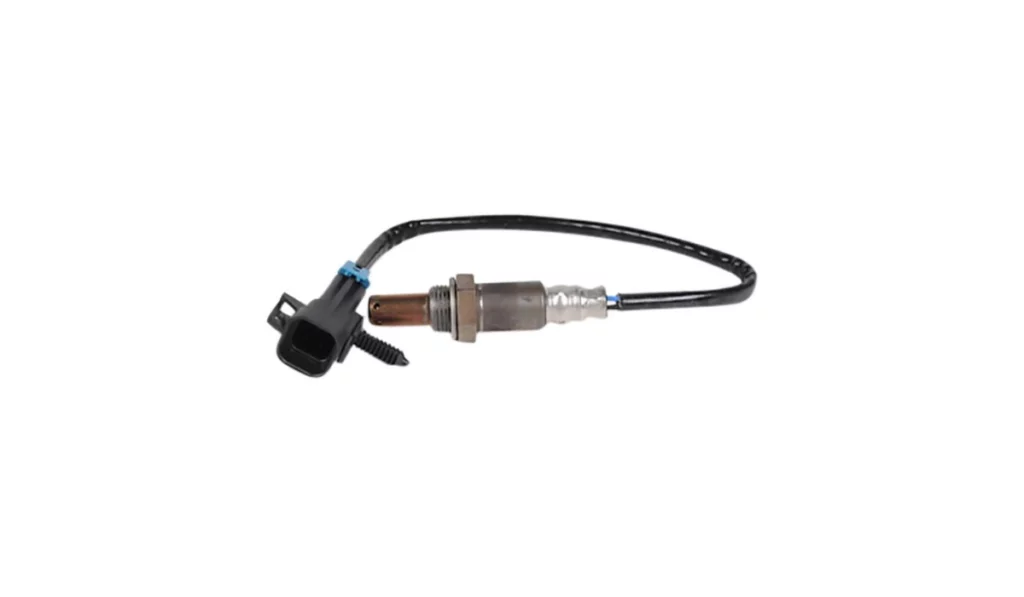
Checking and Replacing Fuses
A blown fuse can disable the heater circuit, leading to the P0155 code. Here’s how to check and replace fuses:
Locate the Fuse Box — Refer to your vehicle’s manual to find the location of the fuse box.
Identify the Fuse — Find the fuse associated with the O2 sensor heater circuit.
Check the Fuse — Use a multimeter or visually inspect the fuse to see if it’s blown.
Replace the Fuse — If the fuse is blown, replace it with one with the same amperage rating.
ECU Reset or Replacement
In rare cases, the ECU may need to be reset or replaced. Here’s how to address this:
Reset the ECU — Disconnect the battery for about 15 minutes to reset the ECU. This can clear minor software glitches.
Reprogram the ECU — If resetting doesn’t work, you may need to have the ECU reprogrammed by a professional mechanic or dealership.
Replace the ECU — In severe cases where the ECU is faulty, replacement may be necessary. This is a complex process and requires a bit more know-how if you plan to do it yourself.
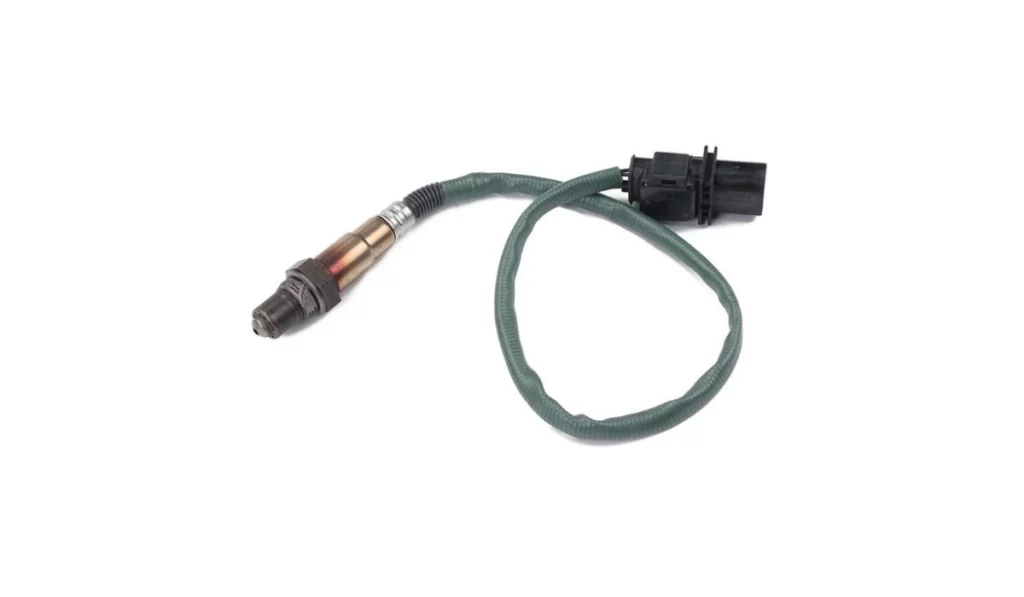
How much does it typically cost to fix a P0155 code?
The cost to fix a P0155 code can vary widely depending on the underlying issue. Replacing an O2 sensor typically costs $150 to $400, including parts and labor. Repairing wiring can cost around $50 to $200, depending on the extent of the damage.
Replacing a blown fuse is relatively inexpensive, usually under $10. However, if the ECU needs to be reprogrammed or replaced, the cost can range from $300 to over $1,000. It’s advisable to get a detailed estimate to understand the specific costs for your vehicle.
By following these safety tips and using the appropriate tools, you can effectively and safely perform the necessary repairs for the P0155 code. Addressing the issue will help maintain your vehicle’s performance and reliability.
Check Engine Light? Fix It With High-Quality Parts From eEuroparts.com
When it comes to maintaining your vehicle and fixing issues like the P0155 code, using high-quality parts is crucial. For all your automotive needs, eEuroparts.com is the ideal destination.
We offer a wide selection of premium OEM and aftermarket parts, ensuring you find exactly what you need for your repair. Whether it’s an O2 sensor, fuses, or other essential components, eEuroparts.com provides parts that meet or exceed manufacturer specifications.
Our user-friendly website makes searching for and ordering the right parts easy, and our commitment to quality ensures reliability and performance. Don’t settle for less when it comes to your vehicle’s maintenance. Visit eEuroparts.com today to explore their extensive inventory and get the high-quality parts you need to keep your car running smoothly and efficiently.
Trust eEuroparts.com for all your automotive repair needs and experience the difference quality parts can make!

